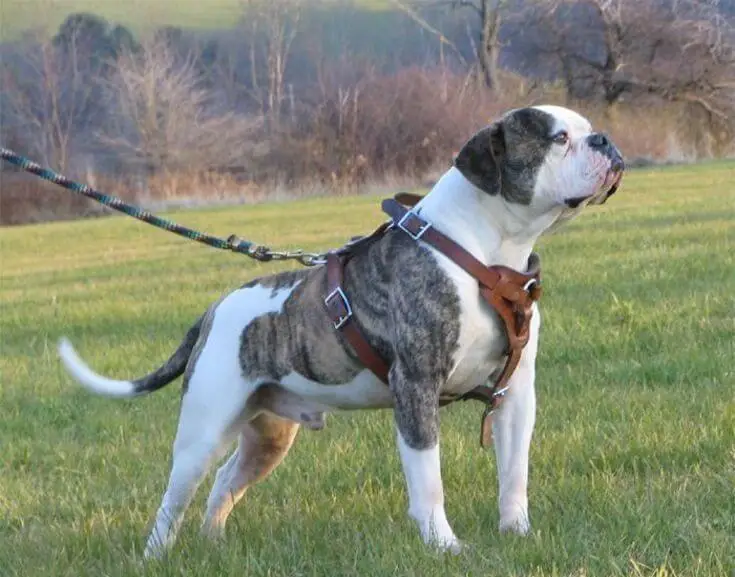Most creatures will get sick when temperatures drop abruptly and your pooch is surely not an exception. They do have their body covered in fur, which is a very interesting natural insulation system that protects their entire body, but truth be told, this protection system has its limitations. Your dog can still get chilly or even freezing due to the low temperature and this is especially true if he is cold to the touch.
What Can You Do When The Dog Is Cold to Touch and Shivering?
If you’re at home, then the first thing you can do is turn up the heat and close any doors or windows. Also, make sure that you make the dog as comfortable as possible. If you have dog clothes at hand, then a sweater surely won’t hurt. If not, a simple blanket should do. You can also cover your dog with one of your sweaters for some additional warmth.
There are no special requirements for the sweater, except that it shouldn’t be too tight for the pet. A kids’ sweater that would fit your pup would be even better. If you live in an area with colder weather and you want to prepare for this in advance, then you can always get a smaller sweater from the budget store or local department or a dog sweater from a pet shop. This sweater will not only prevent the pet from getting sick from cold, but it will also look adorable.
Take The Needed Extra Precautions
As you’ve probably seen in my other articles, the normal temperature for a dog is between 101 to 102.5 degrees Fahrenheit. A dog that is cold to the touch might be experiencing a medical issue that is causing his body to have a hard time keeping the temperature under control. Take his temperature to see if you have any reasons to worry.
You might also like my articles on:
A digital or manual thermometer will be the perfect tool for this. Don’t forget to not only clean but also disinfect it before using it. If it is a rectal thermometer, insert it gently inside the dog’s bum. Inserting the thermometer in place and keeping it there until it shows the results will be something that your dog will surely hate, so you might need some help to keep him from moving too much. You should only insert the thermometer around 1 inch deep.
Most digital thermometers will signal when it is time to take them out. This signal will usually be represented by a beeping sound. If you don’t have a digital thermometer, then get close to a watch because a manual one should be left inside for 60 to 90 seconds.
When Is It Time To Visit The Vet
As long as all of the possible external factors have either been excluded or addressed and your dog is still cold to the touch and worse, he is shivering, then you should really consider going to the vet. If you notice that the dog’s temperature falls below 99 degrees, then it is really important to take him to the veterinarian, because hypothermia can become fatal and is nothing to treat lightly.
Why Would Your Dog Be Cold To Touch?
 There are quite a few illnesses that should be ruled out by your vet. For example, hypothalamic diseases have an effect on the body’s ability to keep the heat in check, which is why they are the culprit on some occasions. Another condition that affects the body of the dog causing it to lose heat is hypothyroidism.
There are quite a few illnesses that should be ruled out by your vet. For example, hypothalamic diseases have an effect on the body’s ability to keep the heat in check, which is why they are the culprit on some occasions. Another condition that affects the body of the dog causing it to lose heat is hypothyroidism.
Along with these very specific diseases you should also consider the age of your dog because it too can have a role in this. Older dogs are known to be considerably more prone to developing hypothermia due to their inability to regulate the temperature of their bodies, especially when confronted with diseases like diabetes. In the same way, very small pups can also develop hypothermia even when exposed to room temperature. This is because they aren’t yet properly developed to handle the temperatures they have to deal with.
Popular Rewarming Techniques
You can also learn some rewarming techniques if you want to warm your dog. When the hypothermia is still mild and the dog is able to produce at least some heat, then try to make use of heat-insulating covers or blankets. If your case isn’t mild, but can still be considered moderate, you can make use of heating pads or heated water bottles. When dealing with extreme or severe cases, it is time to let the vet do their job. They might administer a warmed IV as a way of boosting the dog’s temperature.




